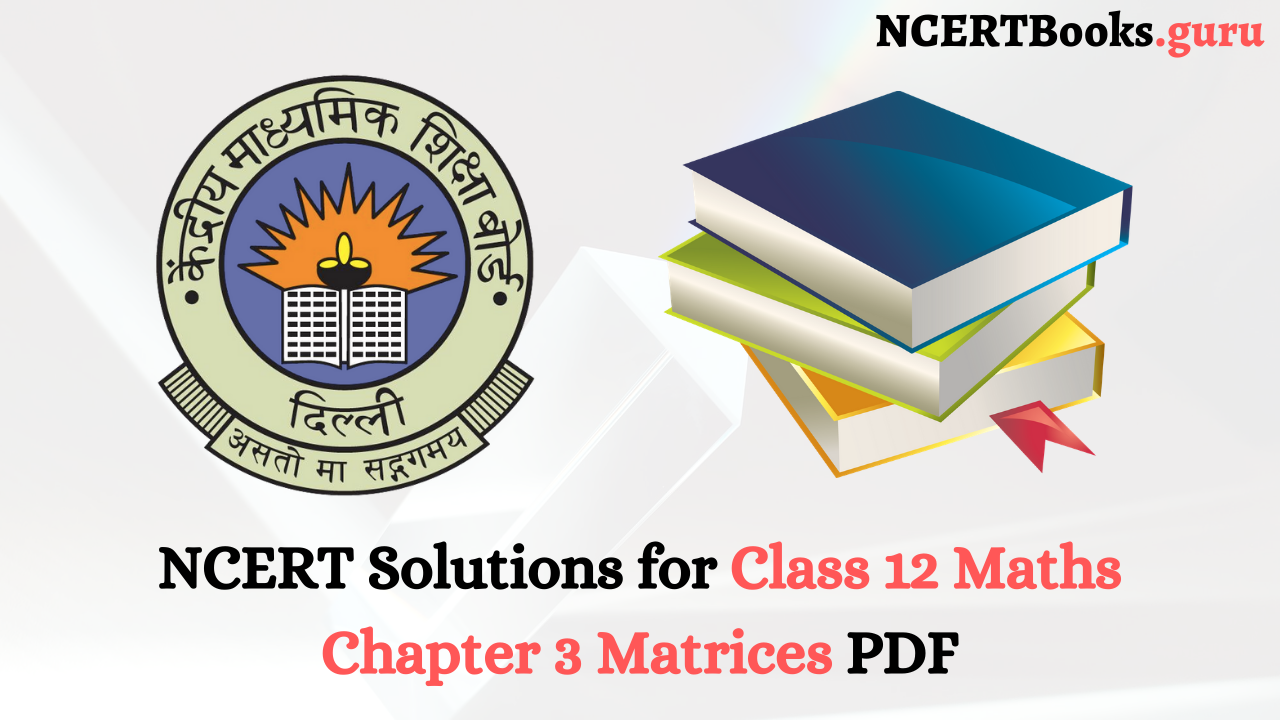Class 3 to Class 12 CBSE Students can now download Maths NCERT Solutions chapterwise from this page. You can find this NCERT 3rd to 12th Mathematics Solutions in pdf format for free of cost. So, get them for free and start your preparation efficiently. All units maths textbook questions are explained & solved in a simple and understandable language. So, download Maths NCERT Solutions Classes 3, 4,5, 6, 7, 8, 9, 10, 11, 12 pdf and score good grades in the exam.
Chapterwise Mathematics NCERT Textbook Solutions Pdf Download for Classes 3 to 12
Maths subject is one of the important subjects among all. It makes you solve the numbers using various techniques for real-time calculations. To master Mathematics, one should have a strong foundation on the maths concepts from basic to advanced. So, students are advised to prepare all maths topics properly through Learninsta provided class 3 to class 12 Maths Ncert Solutions pdf.
These Class III to XII NCERT Maths Solutions are hassle-free and extremely easy to access & download offline for better preparation. Aid your preparation by using NCERT Class 3, 4, 5, 6, 7, 8, 9, 10, 11, 12 Solutions for Maths Pdf & Score high marks in the examination.
Students can use these NCERT Solutions for Class 6 Hindi to prepare for unit tests complete their daily homework or study for final exams equally efficiently.
Key Advantages of Solving NCERT Maths Solutions Pdf
There are numerous benefits of Solving NCERT Maths Solutions Pdf but some of them are listed out here for knowing how important NCERT Solutions are:
- After preparing all Maths chapters covered in NCERT Textbook Solutions pdf, you will definitely answer any type of questions asked in the final exam paper.
- You all can make use of these classes 3 to 12 Maths NCERT Solutions Pdf for preparing unit tests and also for completing daily homework & efficient study for final exams.
- You can rely on these NCERT Mathematics Solutions for Class 3 to 12 to guide you in even the most complex and lengthy questions in your syllabus.
- Learninsta Provided Class 3 to Class 12 Maths NCERT Solutions Pdf will not only help you understand the chapters better but also help you get high scores in exams.
FAQs on Maths NCERT Solutions Chapterwise PDF
1. Can I find All chapters CBSE 6 to 12 Classes Maths NCERT Solutions?
Yes, you can find all chapters CBSE Classes 6, 7, 8, 9, 10, 11, 12 Maths NCERT Solutions in pdf format for free of cost on our page.
2. Which online education portal is best for providing NCERT Solutions for Maths?
Learninsta.com is a reliable and trustworthy education portal that offers NCERT Solutions for Maths & other subjects as well in an easy way.
3. How can I download learninsta provided NCERT Maths Textbook Solutions for Classes 6 to 12?
By accessing the respective class-wise links, you can easily download class 6 to 12 NCERT Maths Textbook Solutions in Pdf format freely. Make use of these solutions & score the highest marks in the CBSE Maths Board Exams.
Final Words
We wish the data shared on this page will aid your preparation. If not please let us know and we’ll then help you more in your exam preparation to score well in the annual exams. Download Maths NCERT Solutions Pdf for all chapters of respective classes from 6th to 12th & prepare well. Also, bookmark our site for more information regarding preparation resources along with NCERT Textbook Solutions pdf.



